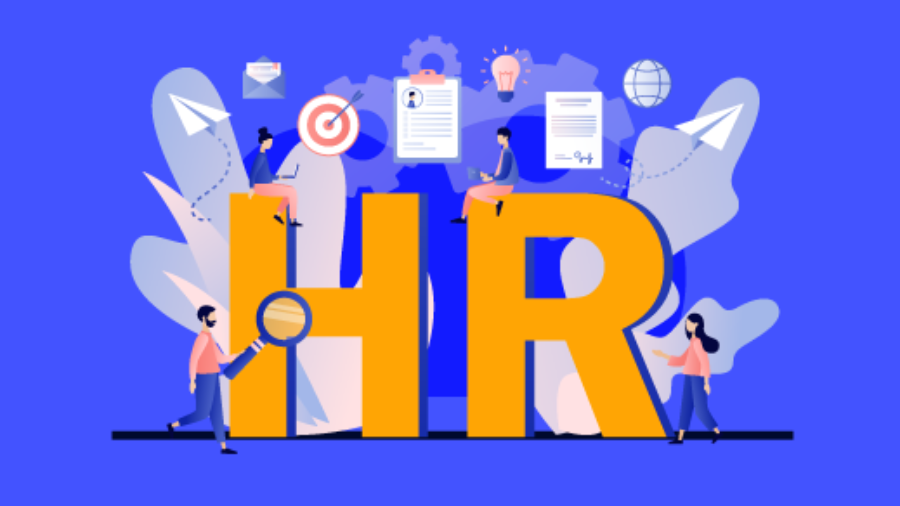
There exists multiple interpretations of the term talent management
Some say it comprises of the set of HR activities like Hiring, Training, Engaging, Motivating & Promoting employees of an organization to build a distinct Organizational Culture.
Others say it’s doing all of this but only for the top performers or high potentials of the organization.
However, in reality, a Talent Management is a process that builds a steady pipeline of talented people for roles of an organization. The expected outcome from the Talent Management processes is to ensure that the right people are mapped to the right roles.
Hiring, Training, Motivating, Engaging, Promoting are all part of this core concept of building this steady pool of talent.
To do this, they do the following activities:
A) From the Role’s Side
– Identification of Job Roles, Critical to Success roles of the organization.
– Creation of Role Competencies & Desired Experiences for success in the roles.
B) From the Talent’s Side
– Reviewing Performance Levels of employees.
– Evaluating Leadership or Growth Potential of employees.
– Mapping of employee’s skill sets- both soft & domain skills.
– Understanding of desired Career Paths of employees.
C) Bridging the Two
– Providing Career Progression opportunities in case of exact fit of role requirements & availability of internal skills.
– Providing learning and development opportunities to bridge the skill gaps. This is where Coaching, Mentoring, Training comes in.
– Designing retention strategies for internal talent.
– Building Employer Branding strategies to attract external talent.
Due to the volume & scale of this task, most organizations do all these tasks only for a selected pool of employees- could be for mid-senior levels or high performers or only for incumbents of critical positions.
I write regularly on human resources for the hr professionals. If you liked reading this, share this in your network & stay connected.















